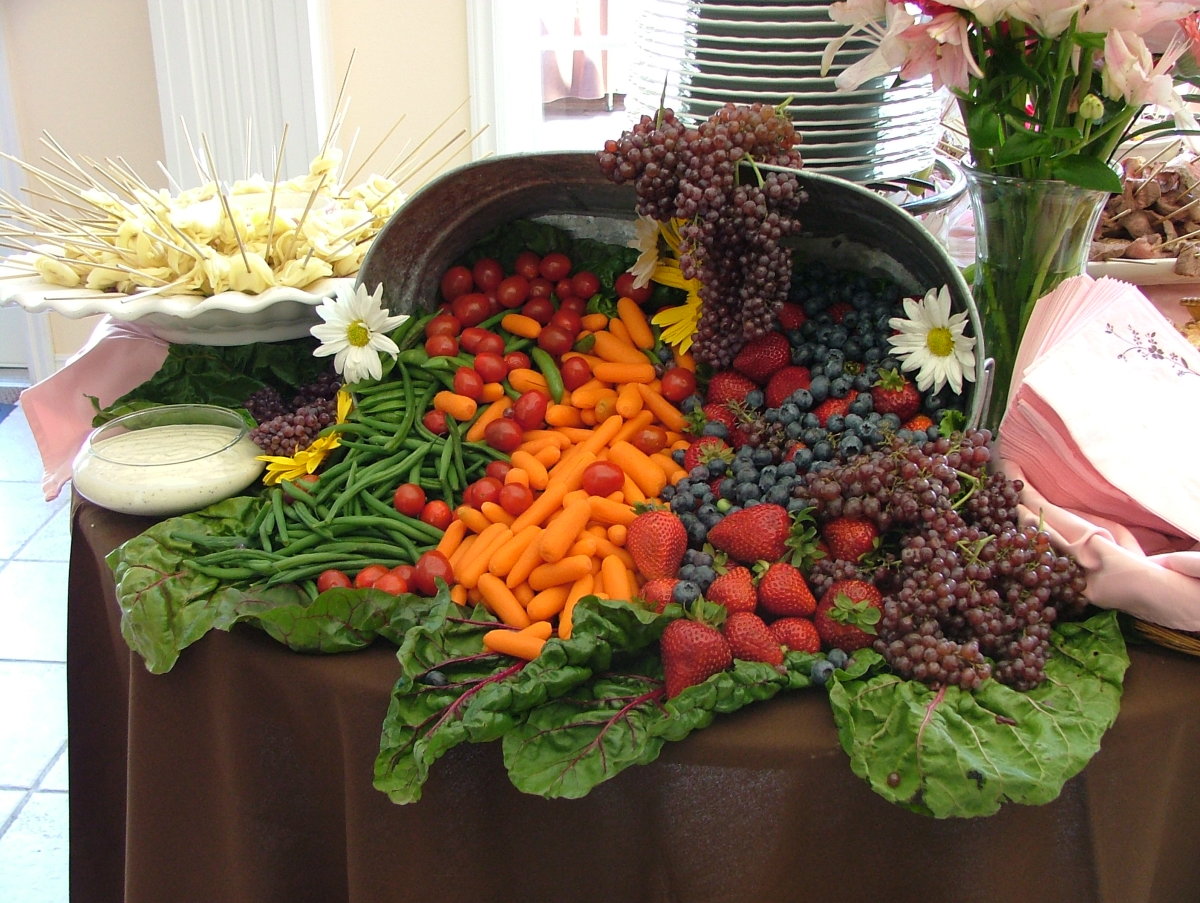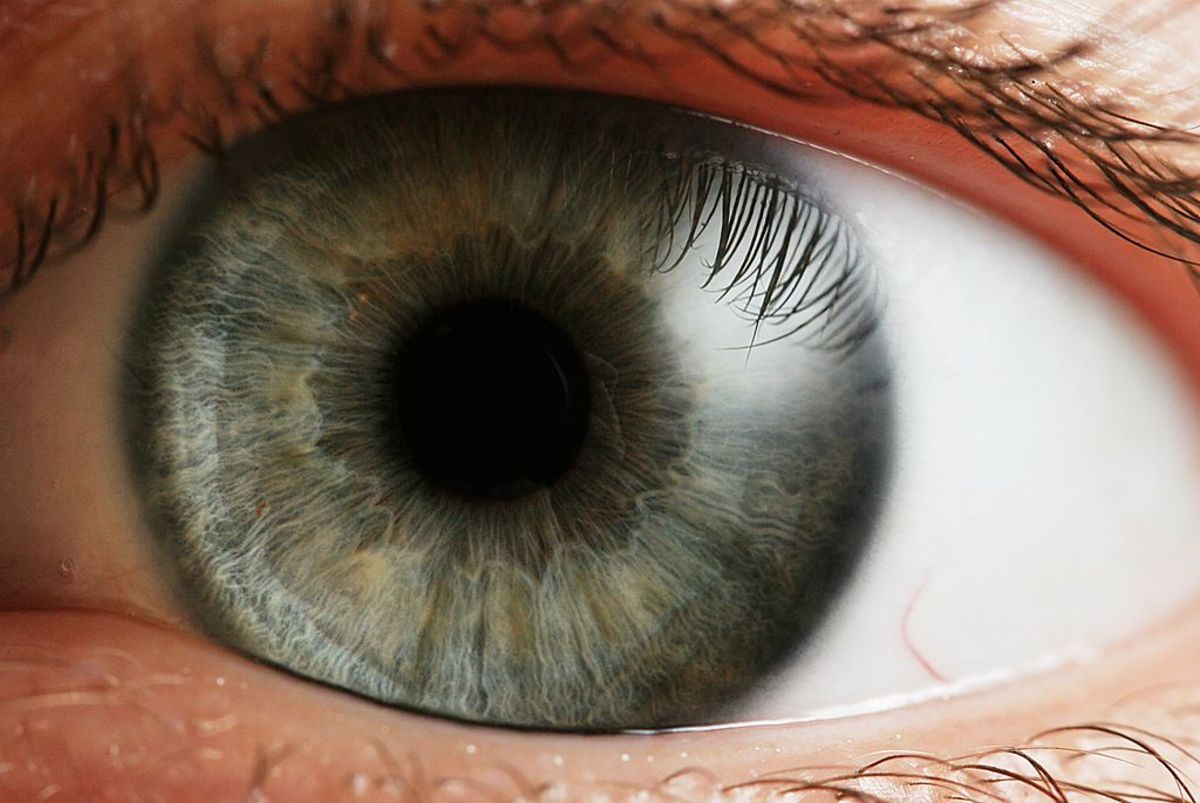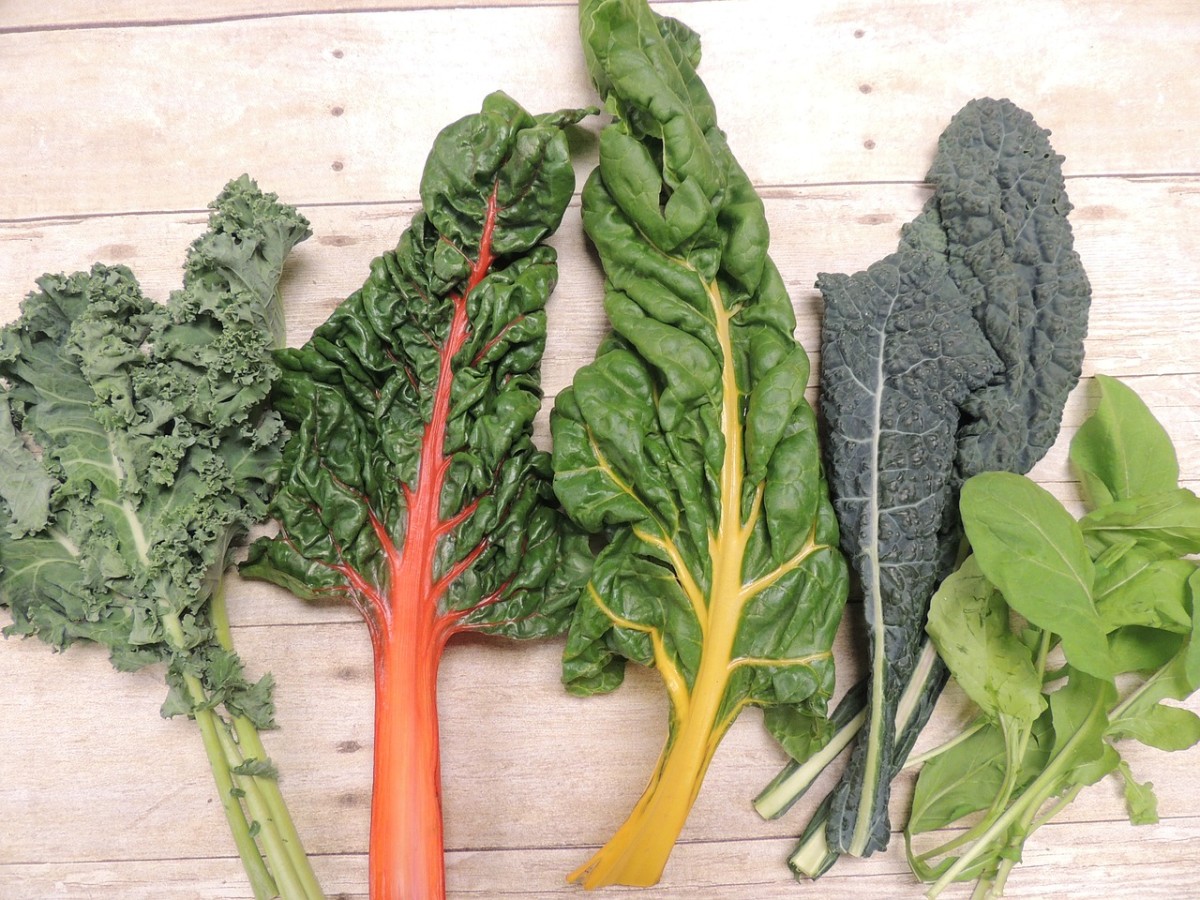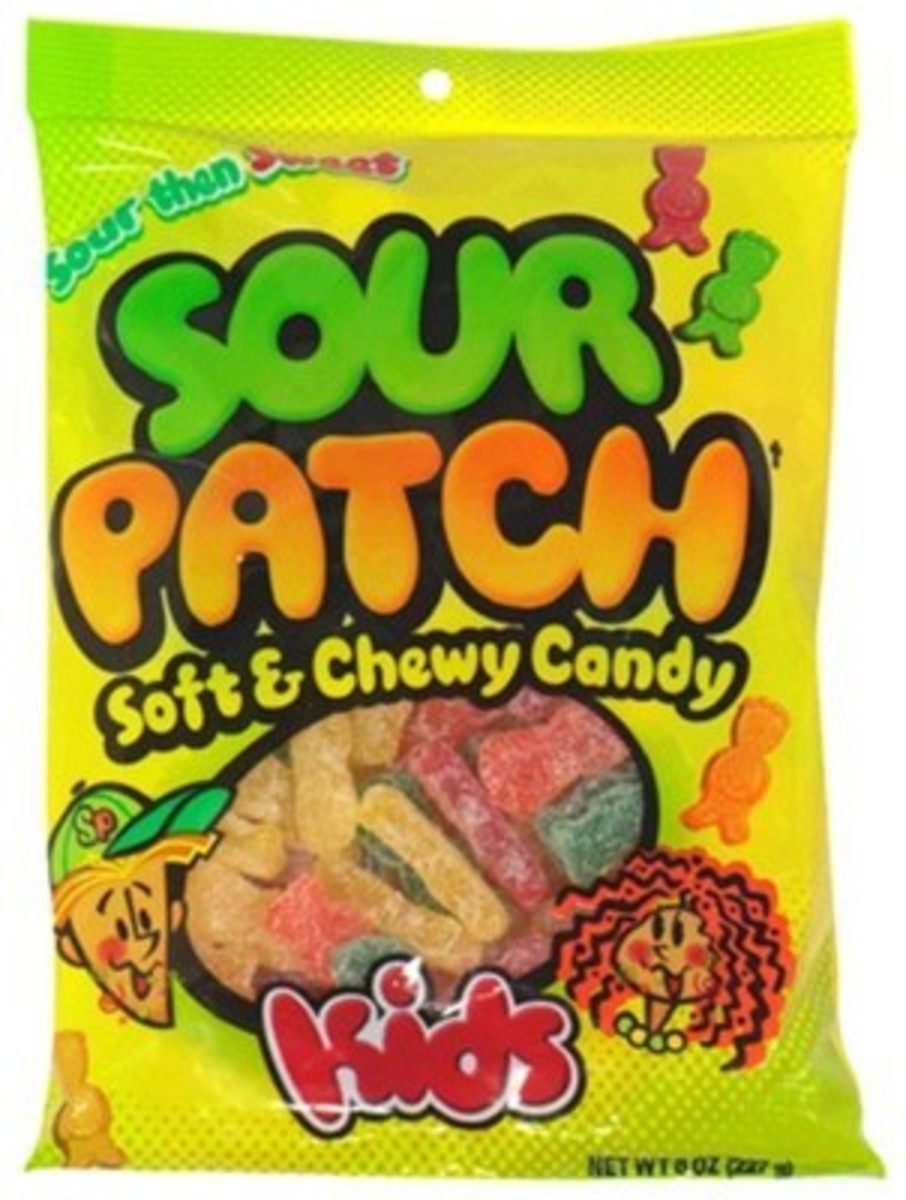Color of Foods and the Rainbow Diet
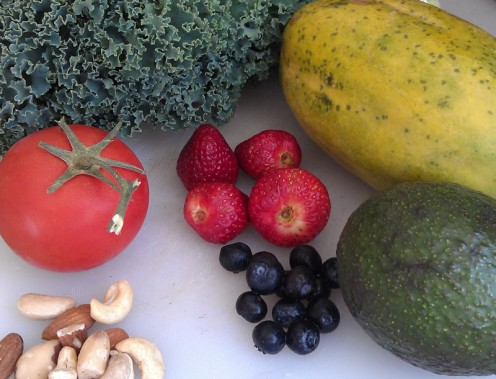
The rainbow diet is a methodology of eating where one tries to eat a variety of food colors every day. The different types of phytochemicals and phytonutrients in the fruits and vegetable produces the different colors. Phyto means plant. Phytochemicals are micro-nutrients in plants such as fruits and vegetablse. This way of eating produces health benefits because there are hundreds of phytochemicals that are beneficial for health. In order to get the widest variety of phytochemicals, one should eat a variety of colors. This is known as the rainbow diet methodology.
Nutrients and Color of Foods
Here are some example of how color relates to nutrients.
Red = lycopene
The nutrient lycopene is often red. Foods highest in lycopene are tomatoes, pink grapefruits, and guava. Lycopene an antioxidant that helps reduce free radical oxidative damage to cells.
Orange = Beta Carotene
Beta carotene comes in orange foods. Examples are carrots and sweet potato. Beta carotene is a precursor to vitamin A and helps prevent vitamin A deficiency. Like lycopene, it is also an antioxidant. Beta-carotene helps prevent age-related macular degeneration and cataracts. Read more about foods that are good for eye health.
Dark Green = Beta Carotene
Beta carotene also comes in dark green vegetables. Examples are kale, spinach, and collard greens. They helps boost the immune system.
Blue/Purple = Anthocyanin
The classic example is blueberry which contains the antioxidant anthocyanin. Blueberries help prevent memory and cognitive decline. It is believed that anthocyanin helps protect nerve cells from oxidative damage. Another example that contains anthocyanin is purple cabbage.
Green = Sulforaphane
Here we are referring cruciferous vegetables such as broccoli, kale, brussels sprouts, bok choy, and cabbage. They contain sulforaphane which has anti-cancer properties. These are among the most healthiest foods because they have the highest nutrient to calorie ratio. Their potency is derived from molecules with the sulfur group.
Green leafy vegetable also contains the green chlorophyll, which is how plants convert sunlight into energy in a process known as photosynthesis. In the middle of the chlorophyll molecule is a magnesium atom. That is why many of these leafy green vegetables is a good source of magnesium, an essential nutrient that plays many important roles in the human body. Kale, spinach, and Brussels sprouts all have magnesium.
Color and Nutrients are Not Exact Matches
Note that here we are speaking in general, and there are exceptions. Just because a food does not have the color of the nutrient does not mean that the food is devoid of that nutrient. For example, red is associated with lycopene. Tomatoes are red and does have lycopene. However, strawberries, which are also red, do not have lycopene. Then there are other non-red food such as apricots which do have lycopene.
Eat Fruits and Vegetables
Fruits and vegetables are the most colorful foods. So by eating a lot of color, you are eating more fruits and vegetables, displacing the unhealthy processed foods (which do not have rich colors anyways).
References:
- Sulforaphane - Wikipedia, the free encyclopedia
- What Color is Your Food? Taste a rainbow of fruits and vegetables for better health
What Color is Your Food? Taste a rainbow of fruits and vegetables for better health. Healthy reasons to eat a variety of different colors of fruits and vegetables every day. - The Rainbow Diet Nutrition Ideas | LIVESTRONG.COM
The Rainbow Diet Nutrition Ideas. The concept of adding variety into your diet is not just limited to cultivating new taste buds, but expanding your foods color pallet as well. - WHFoods: lycopene
- Food Colors, Nutritious | Ask Dr. Sears


